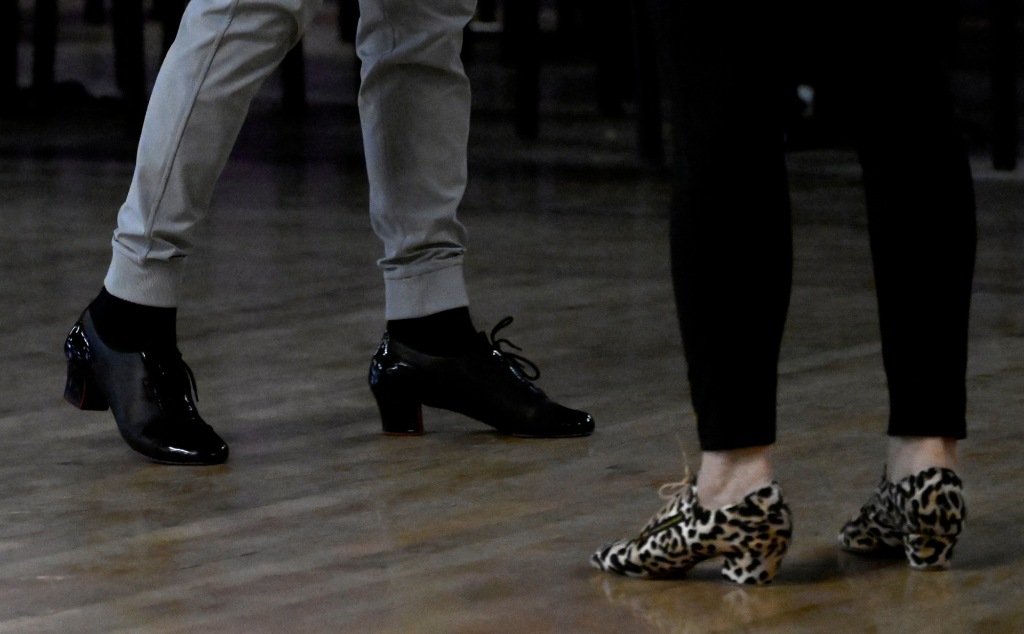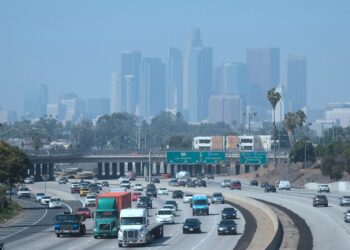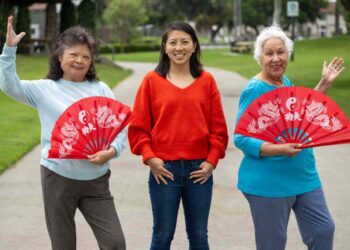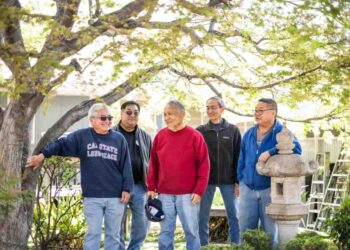Alice Sakaye, whose mom Maria Liang owns the Star Ballroom Dance Studio in Monterey Park, says that dancing always made her mother and fellow studio patrons the happiest.
Liang was “always making friends, learning a new hobby with others who all enjoy a passion for dancing,” Sakaye said. As her mother got older, dancing always “gave her a sense of community and belonging.”
Dance floors, community centers and studios such as Star Ballroom have become longstanding safe spaces for people to gather and express themselves through movement — especially older adults seeking active community. It’s a creative way to learn something new, while reaping the social and physical health benefits.
For many seniors from heavily-immigrant communities, there’s a feeling of connection — especially with others who have similar mother tongues and interests — in the dance world.
“Some seniors live alone, their children are grown. So to have a sacred place like a dance hall, where they can meet up with other seniors and like-minded people, it’s very precious,” Sakaye said. “It’s a way for seniors to be physically active and maintain a sense of happiness and belonging.”
Since its opening in 1990, Star Ballroom Dance Studio became a beloved social gathering place and community hub in downtown Monterey Park, a city with over 65% Asian residents. But on Jan. 21, a lone gunman entered the studio during a social dance night, killing 11, including retired co-owner Ming Wei Ma. The victims were all between the ages of 57 and 76.
But what happens when a beloved communal gathering hub for seniors — a dance floor long considered a safe, welcoming place — becomes the site of a deadly mass shooting?
The incident has left many in the dance community, younger and older folks included, feeling traumatized and vulnerable.
But many instructors, including Star Ballroom owner Liang, understand the importance of movement — how it can heal, improve quality of life and,…
Read the full article here







